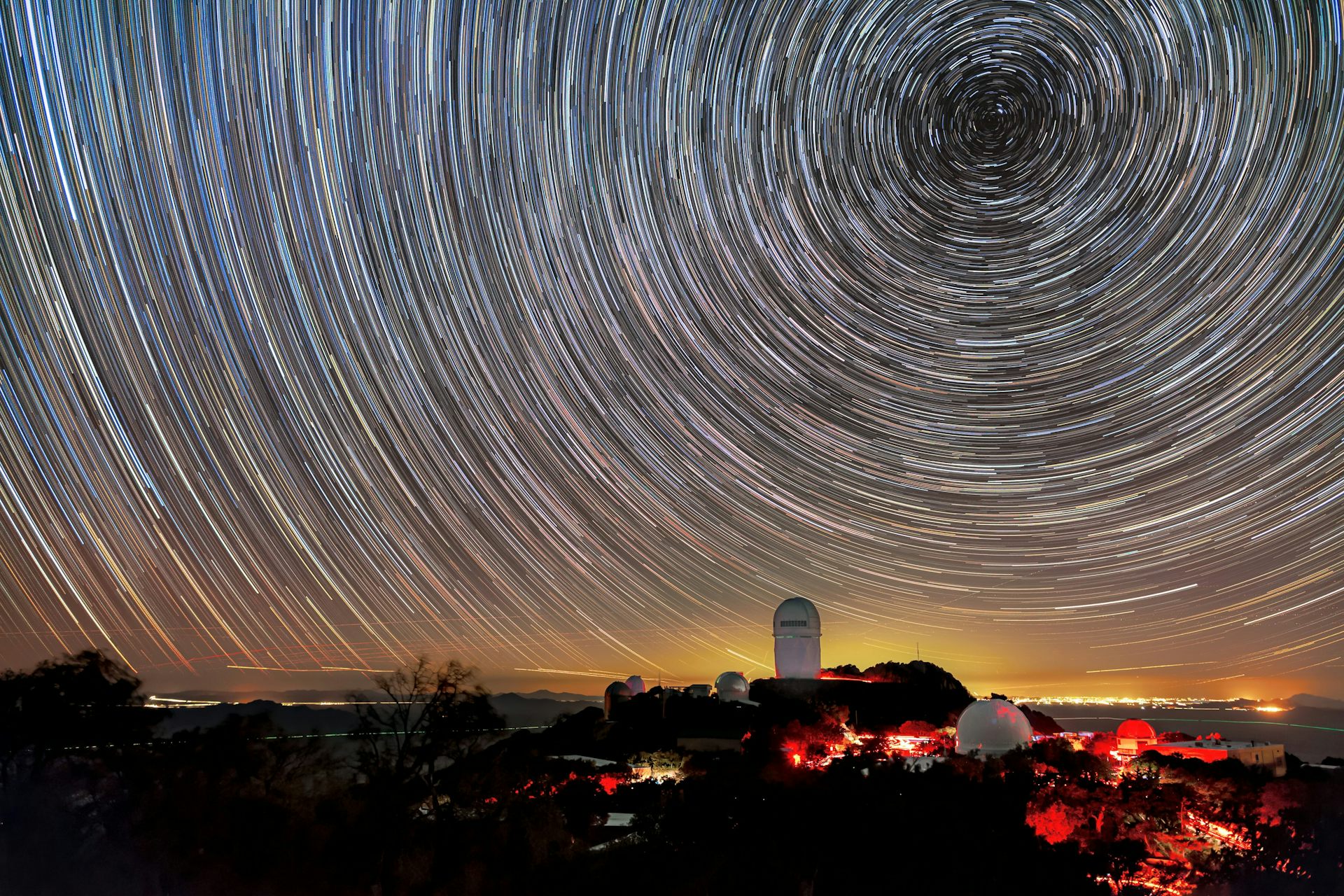
JADES-GS-z14-0 is rich with oxygen – which is an absolute surprise, since scientists had thought elements heavier than hydrogen and helium weren't around in significant quantities until much later in time.

The UN estimates the world’s population to be around 8.2 billion but this number is projected to hit 10 billion by the mid-2080. But it turns out researchers may have underestimated how many people are actually on Earth.

However, new results from the Dark Energy Spectroscopic Instrument (DESI), released today, suggest dark energy may be changing over time.

JWST have revealed an exceptionally large galaxy in the early universe. It’s a cosmic giant whose light has travelled over 12 billion years to reach us. We’ve dubbed it the Big Wheel.

New research out of Stanford University adds a “striking” new twist to an existing theory about how life may have began on our planet, involving the occurrence of microlightning in tiny water droplets.

On the night of May 19, 2022, two Chinese astrophotographers, Angel An and Shuchang Dong, captured a spectacular display of over one hundred red sprites over the Himalayas.

Astronomers have detected mysterious X-ray signals coming from a nearby white dwarf star for more than 40 years. We may now know where they're coming from - the death throes of a planet being torn to shreds and raining down on the star.

Biohybrid robots work by combining biological components like muscles, plant material, and even fungi with non-biological materials.

A combination of cosmic processes shapes the formation of one of the most common types of planets outside of our solar system, according to a new study.

Astronomers using the Near-Infrared Camera (NIRCam) onboard the NASA/ESA/CSA James Webb Space Telescope have captured coronagraphic images of the HR 8799 and 51 Eridani planetary systems.

New research suggests black holes may transition into 'white holes', ejecting matter and potentially even time back into the universe, defying our current understanding of these cosmic giants.

The mineral content of oddly pale rocks found in Jezero Crater can only have formed under very warm, very soggy conditions – suggesting that, long ago, Mars may have been a lot more peculiar than we ever suspected.

In this incredible image, we can see the unrestrained energy of two young stars about 650 light-years away as their energetic jets create a distinct hourglass shape with clumps and swirls of gas and dust.

Simply looking at nature - or even just digital pictures of it - can relieve pain, according to new research which scanned the brains of people receiving electrical shocks.

Microplastics are silently sabotaging the planet's greenery, curbing photosynthesis, and threatening food security.